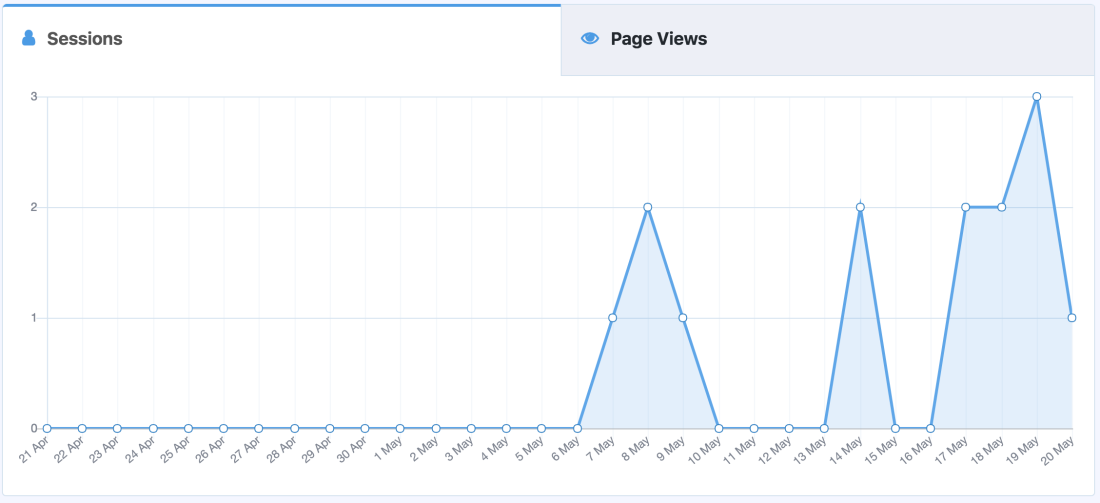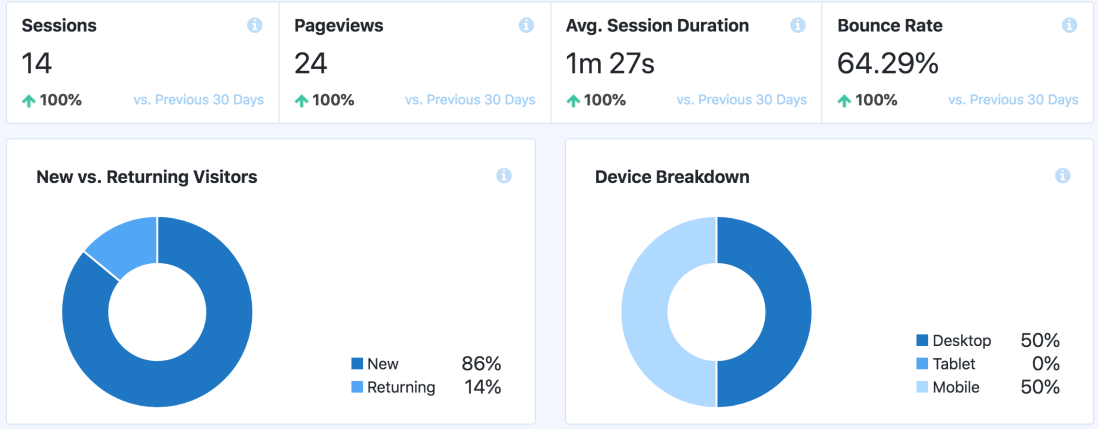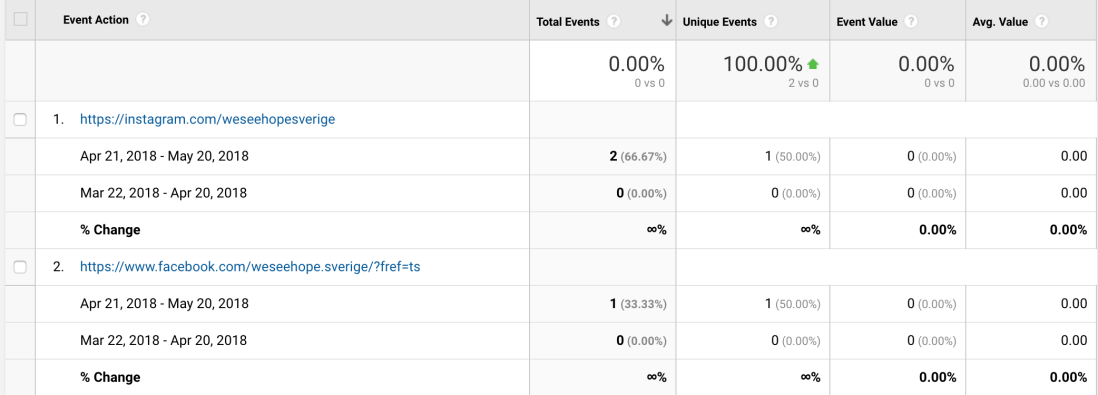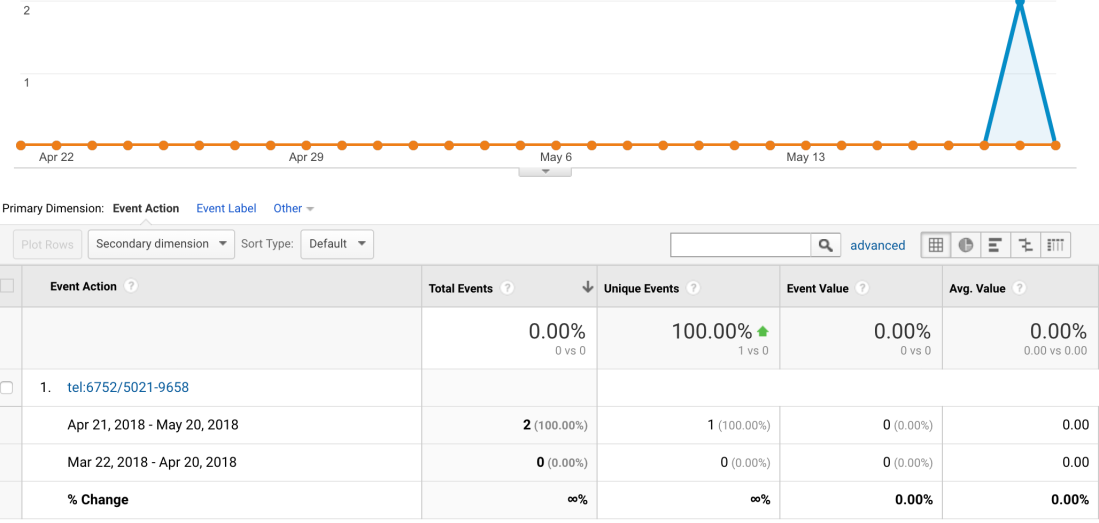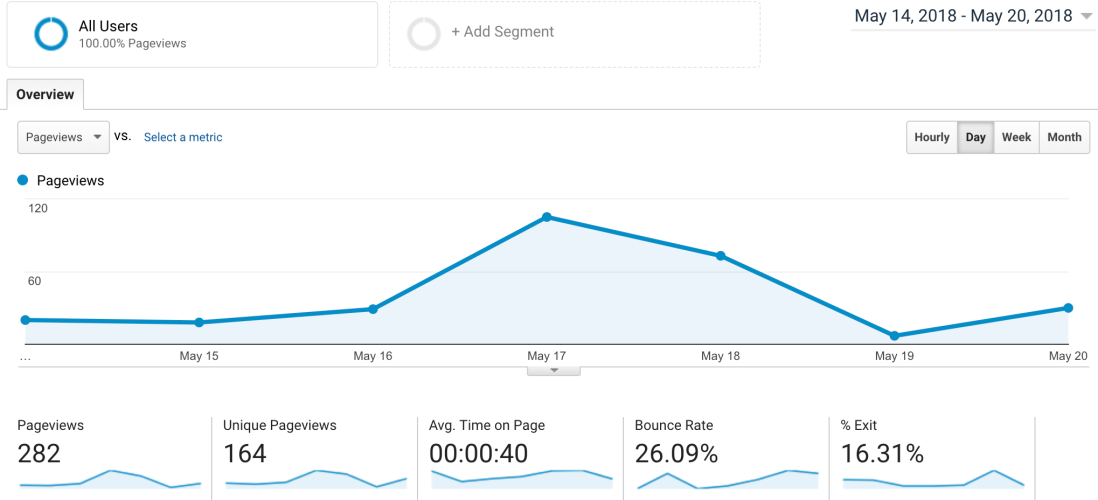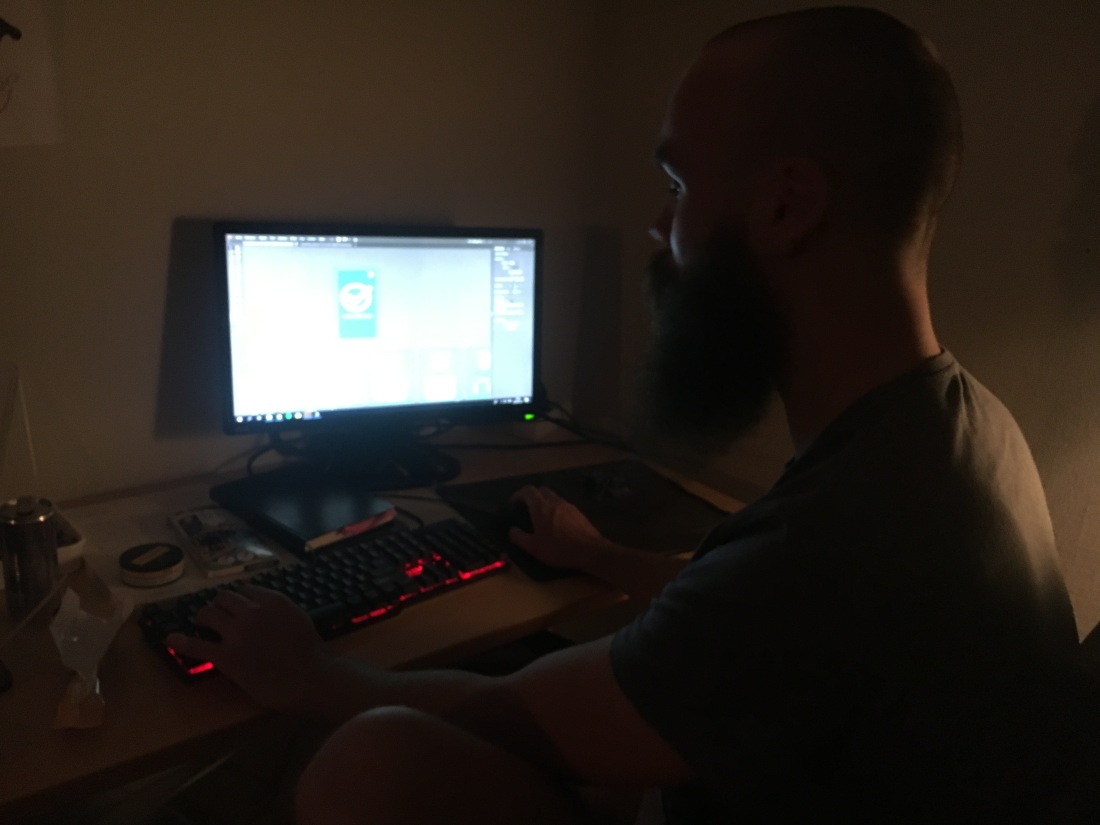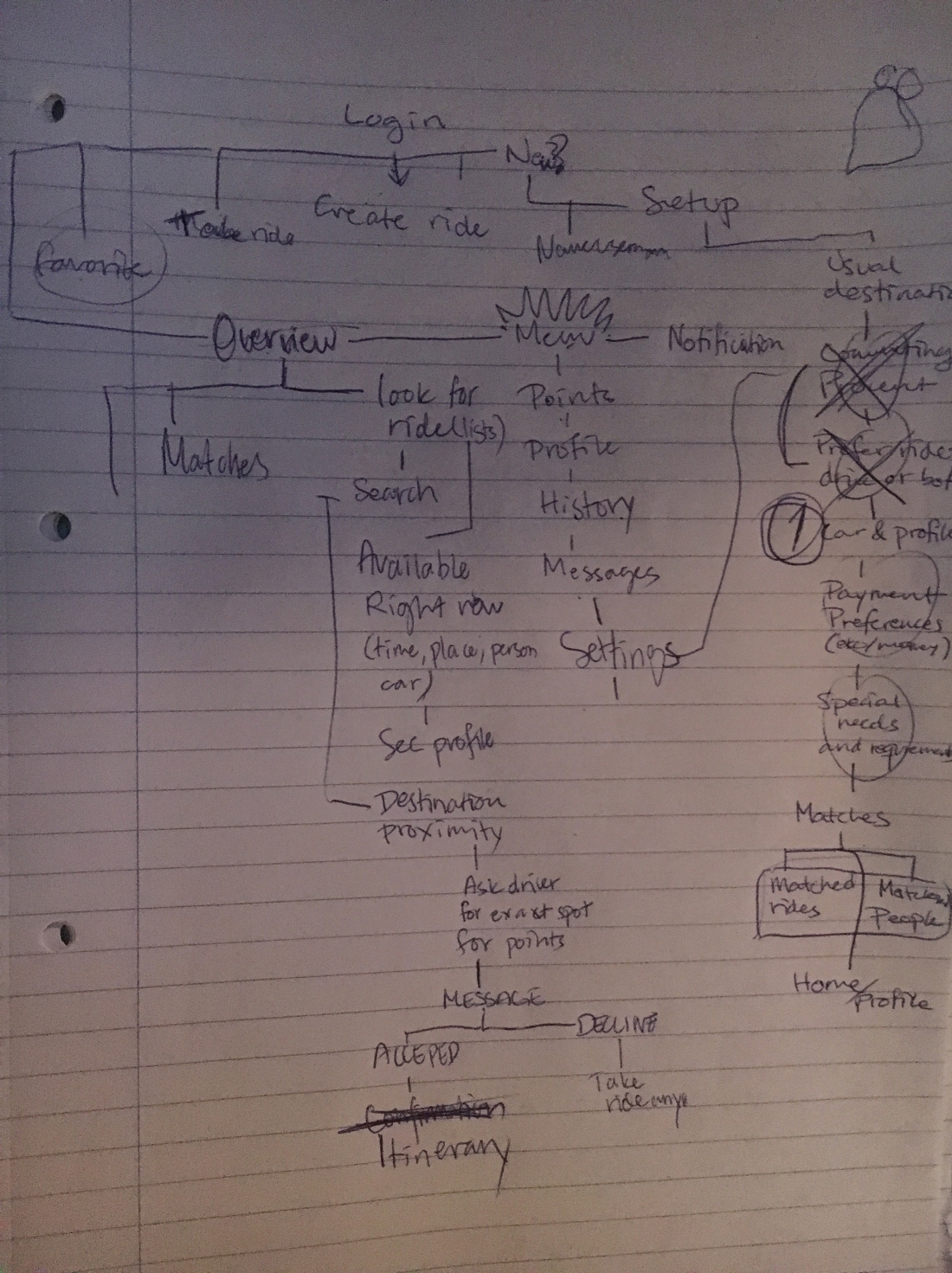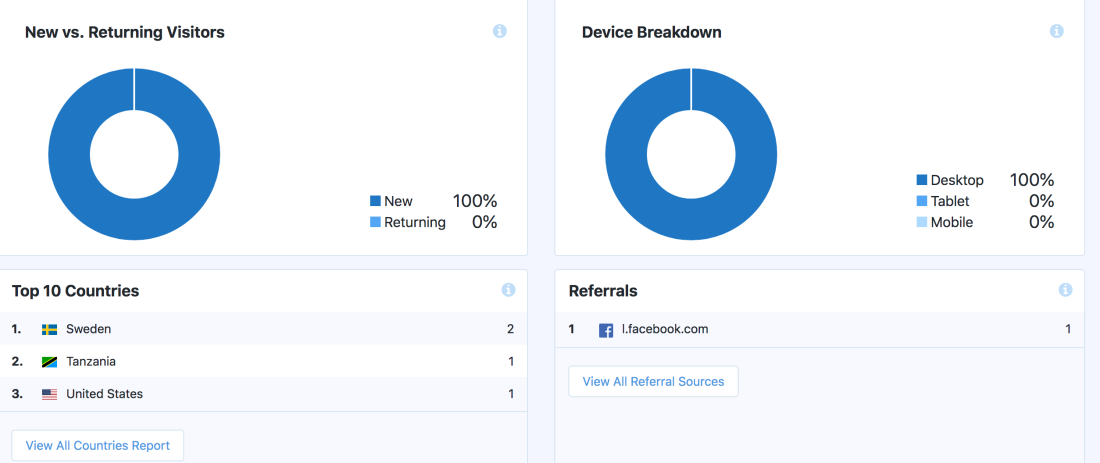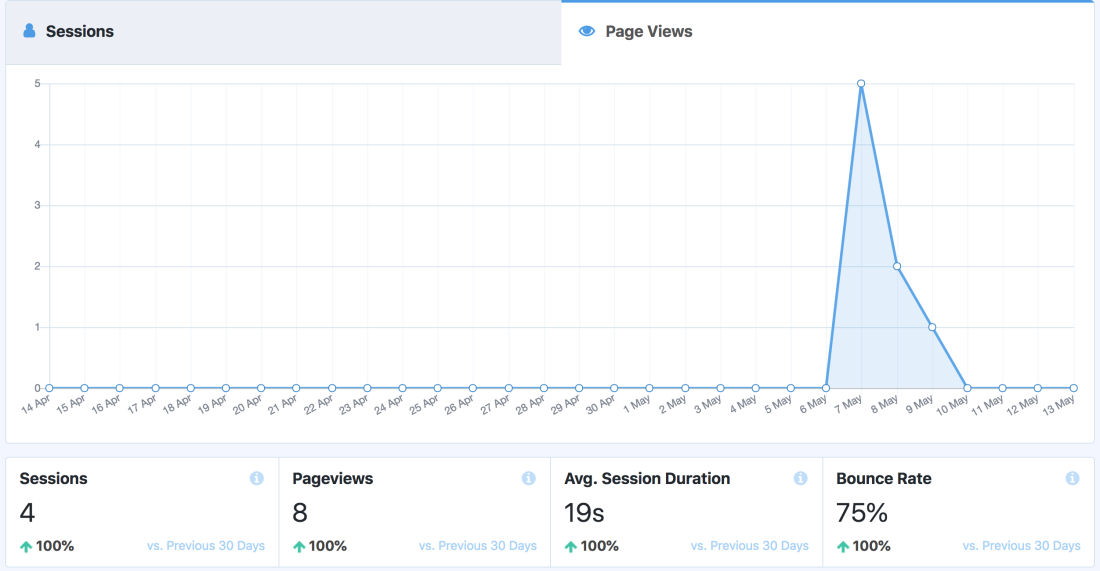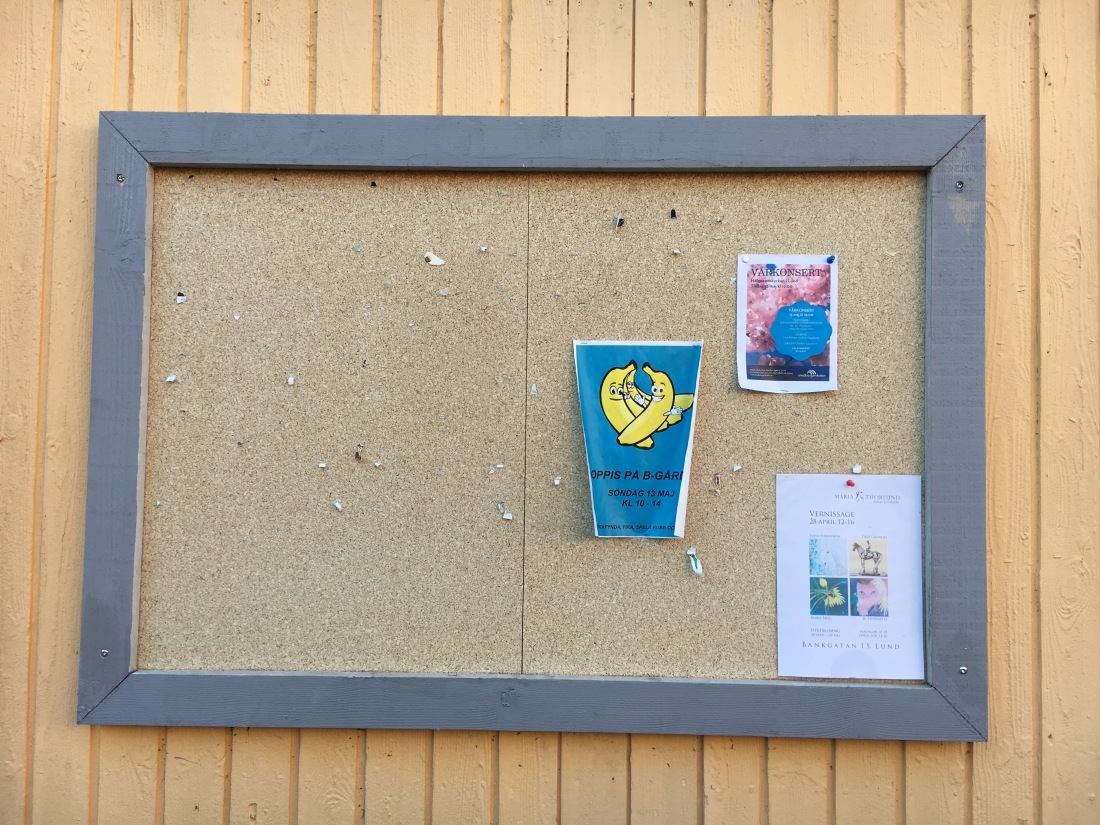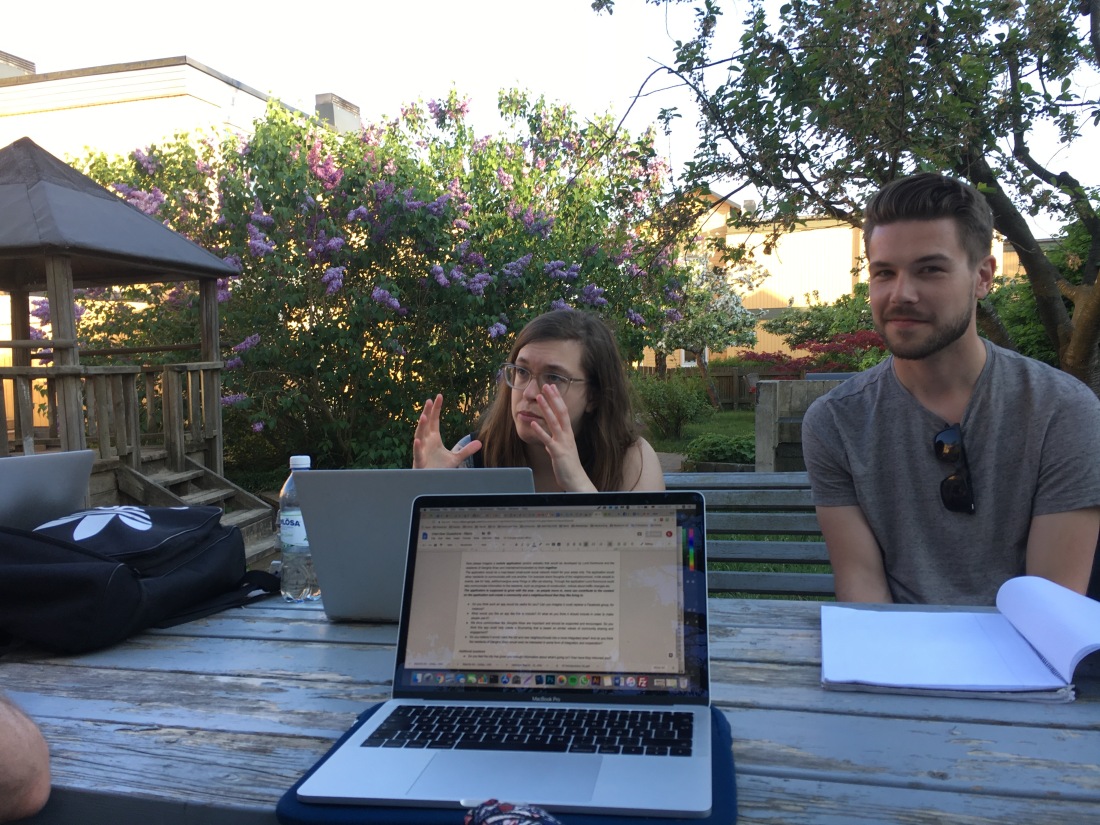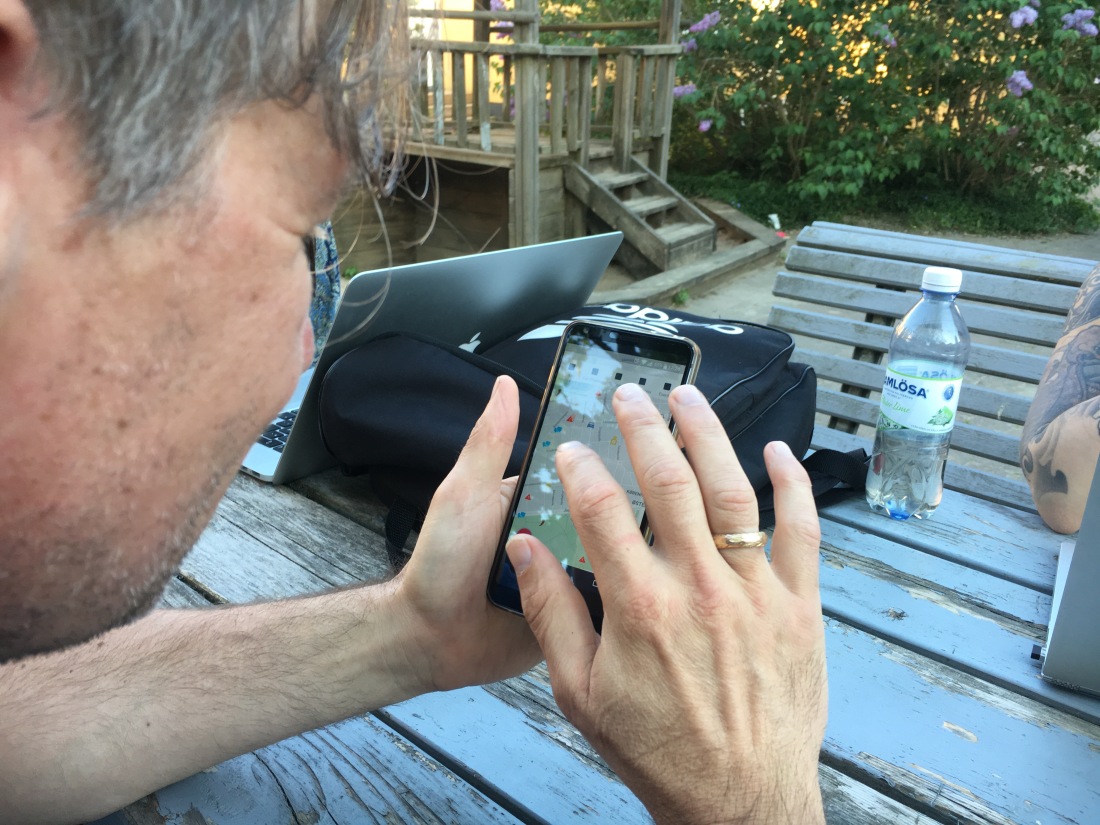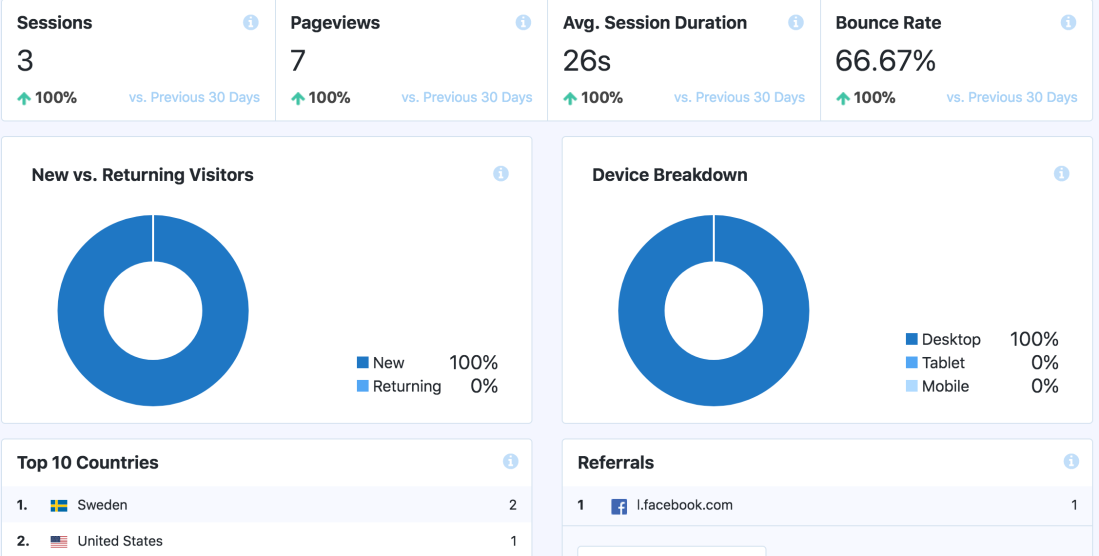Version II
In What Way are Digital Prototyping Techniques Be Appropriate Or Problematic for Speculative Design Approaches?
Introduction
Speculative Design forms part of the theoretical framework of Critical Design and aims to undertake design research with objects or means that help to speculate, reflect and imagine new design ideas. Whereas Critical Design engages with the role of design in today´s world, Speculative Design ideas focus more on futuristic and new design ideas envisaged for a future world. Designers always bear a responsibility for the implications of their designs and Speculative Design offers them a framework to critically reflect and engage about potential effects of future design ideas as well as the future state of the world these are designed for.
Digital prototyping on the other hand is a practical technique to quickly develop, test and advance design ideas. Typically, prototypes are tangible, in some way material and experienceable in order to visualize a design idea. Hence, it is a very practical technique for developing design concepts and for researching and understanding a current design situation.
Speculative Design moves beyond such practical considerations towards exploring provocative new ideas. Are digital prototyping techniques such as interactive web application or videos therefore useful tools for testing such speculative design ideas that are not grounded in reality at all? What are the limitations of digital prototypes towards visualizing Speculative Design goals? Could a high-fidelity prototype that communicates a Speculative Design concept pose moral concerns when the audience believe it is real? Or are digital speculative prototypes exempted from such limitations as they may be considered part of an art process?
The essay aims to critically assess if digital prototyping can serve the purpose to explore and engage with provocative or futuristic design ideas. The text will frame the most relevant Speculative Design approaches and assess in what way digital prototyping techniques are appropriate, for which situations they are desired tools and if there are limitations or areas where digital prototyping techniques are not useful in such context.
Speculative Design in a Nutshell
Speculative Design approaches are methods to envision future technological solutions for society, stimulate subjective interpretation of these ideas and provoke discussion and thinking about their implications and consequences for society or the individual. Speculative Design also explores new possibilities of science and materials and the impact potential applications may have on everyday life of people, one example being the way big data is changing scientific thinking and practice. Hence, Speculative Design takes on a more society-critical and reflective role moving beyond mainstream, business driven design thinking towards the boundaries between the fictional and reality, art and provocation to reach a new level of reflection and creativity (Malpass, 2016).
Therefore, prototyping for Speculative Design ideas differs in its motivation and underlying logic from the typical design process: to advance and develop digital products or services for enhancing people’s lives in the current world.
Digital Prototyping – making Speculative Design ideas tangible
Digital Prototyping for Breaking Expectations
Digital Prototyping techniques may be employed for so-called Post-optimal Design that wants to stimulate debate by making design non-functional and non-efficient or even user-unfriendly (Malpass, 2016). This is very similar to Gaver & Martin (2000) who explored so called Value Fictions and Alternative Values that technological devices entail. Most products seem to be focused on efficiency today whereas other values seem rare, except for when it comes to emotional communication artifacts. Value Fictions, however, develop design ideas for technologies that are based on new values or goals such as “enjoying the moment” rather than “getting something efficiently done”. Post-Optimal Design could also embrace ideas that speculate about a future new role of technology: one that is not only based on efficiency but on other values. These concepts are interesting in terms of stimulating reflection about our “pre-programmed” way of thinking or expectations of what technology shall deliver today and in the future.
Using digital prototyping techniques along these lines, for example by creating an app prototype that is forcing the user to slow down a process intentionally, can be an effective means to stimulate critical and provocative thoughts. By breaking expectations a designer can create awareness of habits and expectations and stimulate reflection about alternatives for the future. Since digital prototypes can be produced in a very finished look, they can be effective tools to present a new Post-Optimal Design idea and create interesting responses and reflections about it.
Motivations for Prototyping
Digital Prototyping can be the desired technique for providing very realistic impressions on Speculative Design ideas that are based on current advances in technology and imagine a potential design artefact for a future domestic setting or use (Malpass, 2016). The motivation for using digital prototyping both during a standard design process as well as in the reflective experimental context of Speculative Design are similar at first, namely to understand a design situation and its potential implications on user behavior. However, motivations for using digital prototypes to convey a Speculative Design concept go beyond that: to also trigger reflection, imagination or to provoke thinking.
Developing for example a realistic looking high-fidelity prototype of a speculative digital artifact serves to visualize and imagine socio-technical and socio-scientific implications of that new technology. Again, one goal of Speculative Design is to stimulate thinking about alternatives to our current technological world. Design concepts need to therefore be developed as prototypes that serve as placeholders for the envisaged design idea (Malpass, 2016). Speculative new technology is being tested and imagined to understand its implications and effects on people, interactions, relationships. Creating high-fidelity digital prototypes can therefore yield very effective results. This means that such idea must be deployed with state-of-the art digital prototyping tools such as digital mock-ups and web applications. But what if a Speculative Design idea is based on near-future technology that is not yet available and can therefore not be developed as a tangible prototype? Then video prototyping tool might be the most appropriate technique.
Video Prototyping for Futuristic Design Concepts
Using video prototyping to visualize a Speculative Design idea of a not-yet-developed technology can be an effective way to communicate such idea. By embedding a futuristic design idea into our current or a future world we can imagine the impact it may have on our lives, values and societies much better. Subsequently I draw upon a personal digital prototyping experience to support this statement.
I had been exploring the idea of an inflatable smart jacket which the project group prototyped in a Wizard-of-Oz way using video technology. Inspired by current smart clothing research, the prototype had the intention to imagine how smart clothes might impact our view on, interest in and economic drivers for fashion and in specific why we would need smart clothing, how it would feel in everyday usage and what values it entails. The prototype intended to put the viewer into the position to imagine the look and feel of smart clothing that adapts to your needs when temperature changes. Would that feel comfortable, practical or is it actually nice to be able to switch outfits and jackets?
Besides that, the Speculative Design prototype aimed to stimulate thinking and encourage reflection about the drivers of technological advancement: are environmental considerations and the desire for reducing the negative impact of current fashion industry structures be drivers for increasing investment into advancement of new technologies?
Investing research capacities into smart clothes that reduce the amount of clothing owned by an individual will impact society at large, as well as the individual. Which implications would smart clothing have on whom? Which values drive the development of smart fashion and in what way is it critical towards the current fashion industry? Are people interested in owning less fashion in order to reduce its negative impact on the environment or do people prefer variety, also as a way to express personality and taste?
By digitally prototyping such Speculative Design idea, the designer proposes to imagine a world with smart clothes where one piece replaces many and adapts to temperature and individual needs. As this digital video prototype is concrete in pointing out the idea but still open and undefined in terms of how such smart jacket works in all situations, the prototype triggers the imagination of the viewer. How would the world look like without a fast-paced fashion industry that needs to produce a vast amount of physical new products, and instead produces only few clothes that can morph according to individual taste and needs.
Keeping a prototype fairly undefined in some ways helps to stimulate subjective interpretation of this Speculative Design idea. The audience may start imagining a new industry to evolve around smart clothing: one that creates individual designs for smart fashion, easily and readily downloadable. Which implications could that have for fashion trends, would they disappear? Would individuals turn into their own designers and creators of smart fashion? Other political questions also appear: is more employment created in knowledge-based societies for producing these smart clothes, less international trade necessary? Which environmental impact would this technology ultimately have? This example of a video prototype that envisions a potential future technological solution for the fashion industry, demonstrates how a digital prototype helps to reflect about today´s situation (the overproduction in the fashion industry) and provokes thinking about implications or consequences of an imagined future (the new smart clothing industry).
Film as a Digital Prototyping tool for Speculative Design?
Video prototypes or a digital mobile prototype seem appropriate to visualize Speculative Design ideas by placing them in familiar settings and environments. Does this work though for communicating even farther reaching Speculative Design concepts that want the viewer to visualize a future solution in a future world?
Here, a digital prototype of a mobile app or short prototype video may not be the appropriate tool. Especially in these situations films seem to be a desired tool for digitally prototyping a Speculative design idea as they make it easy to enhance imagination in the audience. TV show “Black Mirror” is a good example for developing speculative or futuristic design ideas by embedding it into a story. Black Mirror has a clear dystopian character and is therefore probably influencing the viewers opinion into a specific direction. Still, by demonstrating how far technology may impact and change our lives in the future, the viewer is being provoked to think and reflect about technology that may come.
One idea that Black Mirror had been taken to an extreme level is the impact that social media can have on our behavior and societies, specifically the social implications of being rated as an individual by collecting “likes”. In that story, the “likes” act as a stimuli to conform with norms and enforce correct social conduct, which results in unnatural, superficial behavior and a social “fight” for getting upgraded to a higher “class”. This resembles obviously the ongoing trend for gathering “likes” in social media. The story takes that a step further with society using this mechanism to create conform individuals where such rating system have real life implications for example on the job or for getting bank loans.
This raises many questions about individual freedom, underlying values of a society and resembles the issues raised by George Orwell’s novel “1984” or the controversy around TV Show “Big Brother”. China has now introduced a social evaluation system that mirrors to some extend this dystopian vision that was painted in Black Mirror. Individuals are being graded when they behave according to social norms and values, whereas misbehavior is resulting in a degrade.
Film has the potential to strongly visualize and unpack a Speculative Design idea and its underlying risks and implications on society. It is crucial for society to take smart individual and political decisions about technological developments – about own usage of technology, funding technological research or regulating usage or implications of technology usage such as the General Data Protection Regulation of the European Union.
As this example demonstrates can film yield potentially the strongest results for communicating a Speculative Design idea as it helps to visualize in the most detailed way how such idea would impact the world and its citizens. However, film can hardly be considered anymore as a typical digital prototyping technique used in a design process as it entails high costs and long production times. In addition, film may also delimit room for imagination as it may inherit a specific mission, concretizes the design idea potentially too much, and does not leave enough room for creative reflection and spinning an idea forward. In the case of Black Mirror with its dystopian style, there is a clear negative tone underlying how a Speculative Design idea is narrated. This inherits the risk to delimit reflection instead of stimulating subjective interpretation about implications of the actual design idea. Also, there is a risk that rather the story than the underlying design idea is being discussed or focused on. Characters, settings, the way a film is shot all influence how we perceive such idea and already pre-define many details of the consequences.
A realistic-looking digital prototype such as a mobile app prototype, that is refined and produced to high fidelity, may serve the goals of a Speculate Design concept much better. An example could be to develop a high fidelity prototype for the idea of how a social rating system based on social media could work and how it feels using it. A refined and concrete prototype can communicate the design idea in a very convincing way while leaving enough room for openly imagining the consequences for the individual. Every user can then place that specific design idea into their own reality and subjectively interpret it and critically reflect upon the implication it would have on his future life, which is what Speculative Design intends doing.
Limitations of Digital Prototyping for Speculative Design
Balancing Openness and Concreteness – Design Fiction
Speculative Design often employs Design Fiction to develop and imagine new ideas (Malpass, 2016). Julian Bleeker had been one of the early adopters introducing this concept (Bleecker, 2009). Design Fiction uses provocations and storytelling to create and imagine technology in a new or futuristic world, without limiting itself to take into account technological possibilities. Here, digital prototyping may be of limited use compared to other scenarios as most techniques such as mobile app prototyping are based on existing technologies. As elaborated, film could be deployed as a tool to communicate a fictional design idea but again, it may be too concrete in order to stimulate open discussion.
Examples of Design Fiction ideas were presented in Gaver & Martin (2000). Their thought-provoking design proposals were developed in some ways concrete but leave many details open and unresolved. This enables the reader to develop these ideas further, to imagine living with these technologies and picture their emotional reactions to it. However, the ideas were presented in a non-digital book with short stories. For such ideas using words instead of digital prototypes may be more appropriate to fulfill the desired purpose.
Balancing openness with concreteness is important to consider when prototyping in general but even more so when a prototype is developed to communicate a Speculative Design idea. Keeping a Design Fiction or Speculative Design idea rather unresolved and unfinished can be an interesting way to provoke reactions and open up the imagination of the audience. It will automatically involve users in the ideation and creation process since the viewer needs to add missing elements with imagination. Presenting an idea in a “reduced” way can indeed yield more interesting results than with a polished and pixel-perfect prototype.
Moral Limitations – What if a digital prototype looks too realistic?
Speculative Design prototypes may have moral implications: they create best effects if a user believes a prototype or situation is real. This clearly entails moral ambiguity. The audience should be made aware of the “art” or provocative purpose of a design to not create frustrations or false alarm, at least after the testing. One example had been the international reactions to a digital prototype showing the shazam-like mobile application that would help find contact details of people immediately when passing them and scanning their faces. This app clearly has many implications: of data integrity, protection of personal space and risk for misuse such as stalking.
Using a very high-fidelity digital prototype that looks extremely realistic obviously helps in creating realistic impressions and reactions to a design idea. This stimulates thinking the idea through in all consequences: to imagine how such app would feel, not only for the one using it but especially for society knowing that this is being used. This needs to be clarified at some point that the idea is just a prototype to not create false fears of such app being already available. When placed in a non-art related setting, users may not understand the experimental character of such prototype. This clearly can be problematic from a moral point of view and demonstrates the moral responsibility of the designer: not only during the ideation process but also during the prototyping the designer needs to carefully consider how to communicate a Speculative Design idea to create the right balance between provocation and honesty.
By creating design ideas, new realities and behaviors are being stimulated up to the point that our reward system in the brain could be affected: the designers inventing the “like button” in Facebook did not intend nor foresee the social implications and the behavioral change of people due to that new button (Drösser, 2018). Even though in this case, it has not been a prototype but a “real” design feature that has been introduced, it shows the impact digital design may have on society. Also, it is a demonstration of the limitations of prototyping: even though prototyping can test immediate reactions and behavior, it may not foresee the long-term effects a design could have on people and society. It also shows that it may be impossible to envisage the complete dynamics and all consequences a design may have on society.
Speculative design prototyping as art?
It could be argued that digital speculative prototypes are exempted from any moral limitations as they could be considered part of an art process. This however, clearly depends on the setting where such prototypes are being presented and communicated. If presented as art within an exhibition it will create different impressions than when placed in a real-life setting where the audience may believe it is an existing or planned product. The designer needs to carefully consider settings and audiences of the prototype that they present to not create ambiguities that are morally questionable.
Conclusions
Speculative Design helps the designer to move beyond a functional role towards one that triggers debate and reflection around social and cultural impacts of a design artifact or idea. New digital design solutions always entail ambiguity, for example between being more efficient (finding ways, partners, food, etc.) and changing social behavior (screen addiction, relying too much on technology, being constantly reachable, etc.). Speculative Design purposefully uses this ambiguity that is essential to disconnect design from its pure functional role and in turn uses design to tease reflection, engagement and exploration about the interaction between society and technology. Digital prototyping inherits a great potential for conveying provocative Speculative Design ideas to an audience, be it in the form of a mobile app prototype or a short video. Employing industry standard tools for mobile or desktop application prototypes, it is a low budget way for testing out reactions for the purpose of creating ambiguity and reflection about a Speculative Design idea.
However, certain limitations exist for deploying digital prototyping techniques to communicate Speculative Design concepts. An ambiguity that was elaborated on is that most digital prototyping tools are based on existing technologies, for example mobile apps or wireframing. A Speculative Design idea may typically embrace new non-existing technology and speculating around how such technology may impact and influence our society and world. Hence, certain ideas may not be possible to be prototyped with existing prototyping tools. In some cases, traditional storytelling based on words or film seem to work best for Speculative Design ideas as they can be are situated in a futuristic world. Film may to some extend be considered a digital prototyping tool but as elaborated earlier, tends to be too concrete in order to stimulate open discussion about ideas and is typically very expensive to produce.
Designers engaging with Speculative Design approaches have a moral responsibility that cannot be underestimated. If not placed in a clear art-related setting, a Speculative Design prototype should be carefully presented in order to not create concerns. It is always the designers responsibility to carefully consider the best way for communicating a Speculative Design concept by selecting the appropriate digital prototyping technique and the setting for its presentation.
References
Matt Malpass (2016): Critical Design Practice: Theoretical Perspectives and Methods of Engagement, The Design Journal, 19:3, 473-489, DOI: 10.1080/14606925.2016.1161943
Gaver, B., & Martin, H. (2000, April): Alternatives: exploring information appliances through conceptual design proposals. In Proceedings of the SIGCHI conference on Human Factors in Computing Systems (pp. 209-216). ACM.
Bleecker, Julian (2009): Design Fiction: A Short Essay on Design, Science, Fact and Fiction, in: http://blog.nearfuturelaboratory.com/2009/03/17/design-fiction-a-short-essay-on-design-science-fact-and-fiction/
Drösser, Christoph (2018, May 3rd).: Eine Überdosis Facebook, in: Die Zeit, p.31
